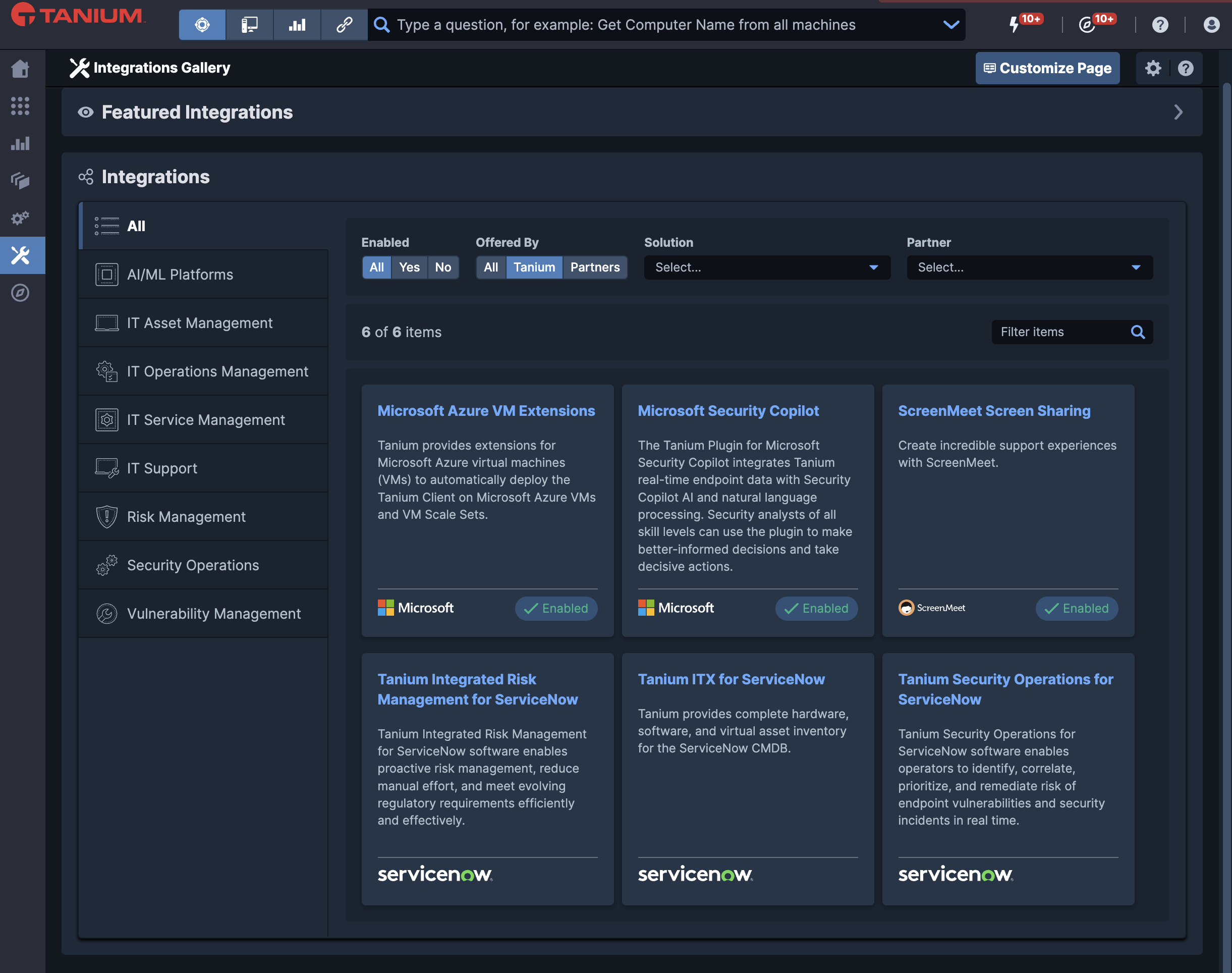Why Cyber's Alphabet Soup is Not Your BFF
Are acronyms your thing? Can you sling slang with the best of them? No? Well, you better brush up PDQ! How do you expect to become a CIO or CISO if you’re too focused on GSD instead of making AI your BFF?
All jesting aside, acronyms are not the problem and never have been. It’s the alphabet soup of technologies in your average enterprise tech stack that’s the real concern. Like a badly formed supergroup, the whole is all too often less than the sum of its parts.
What are the reasons for our inherently additive approach to procuring technologies? FWIW, here are my three cents:
1. FOMO (Fear of Missing Out)
The evolution of alphabet soup correlates with the rise of point solutions in cyberspace. Over the past decade or so, one innovation after another has come about to address an ever-increasing number of threats in the landscape, each introducing a new acronym, tool, or company name. What has developed in this very young industry is a thousand points of light, with a ton of overlapping functionality and no fabric to tie them together. No enterprise can afford to deploy and manage all the tools that are supposedly needed, so a platform approach is critical.
BVI (Blind and Visually Impaired)
Even if a company could afford to buy all the tech out there, and employ enough resources to manage them, they would have a quagmire on their hands. Generally speaking, each tool has its own way of discovering and creating data and you end up with a spaghetti bowl of data streams. This would bog down the whole tech stack, truly making security a “boat anchor”. A single source of data is what you want, and visibility is key so that you can control and remediate on the fly – not when it’s too late.
ICYMI (In Case You Missed It)
As cyber practices mature, the focus of the effort is also evolving, and the importance of various acronyms is also changing. Capabilities like Antivirus (AV) and Data Loss Prevention (DLP) were paramount in security organizations for some time. In recent years companies came to determine that preventing attacks was the most valuable thing to invest in and Endpoint Detection and Remediation (EDR) became popular. Most recently, companies are starting to adopt the mindset that a breach is inevitable, and the most valuable thing is to be ready to recover with as little disruption as possible. Modern approaches treat Incident Response (IR) as a regular course of business – without the need for costly war rooms.
These are just three reasons why it makes sense to take a platform approach to business technology to streamline your tech estate. But it doesn’t end there. According to McKinsey, simplifying end-to-end processes can reduce fixed costs by 20%-30% and speed up service delivery by 20% while increasing customer satisfaction by 5%-10% and revenues by 3%-5%. If that’s not reason enough to put an end to the alphabet soup, I don’t know what is. TTYL.
Glossary of acronyms
- PDQ (Pretty Damn Quick)
- GSD (Getting Stuff Done)
- BFF (Best Friends Forever)
- FWIW (For What It’s Worth)
- TTYL (Talk to You Later)
Check out our eBook: Beat the Big Tech Blues, A CIO’s guide to right-sizing business operations.




